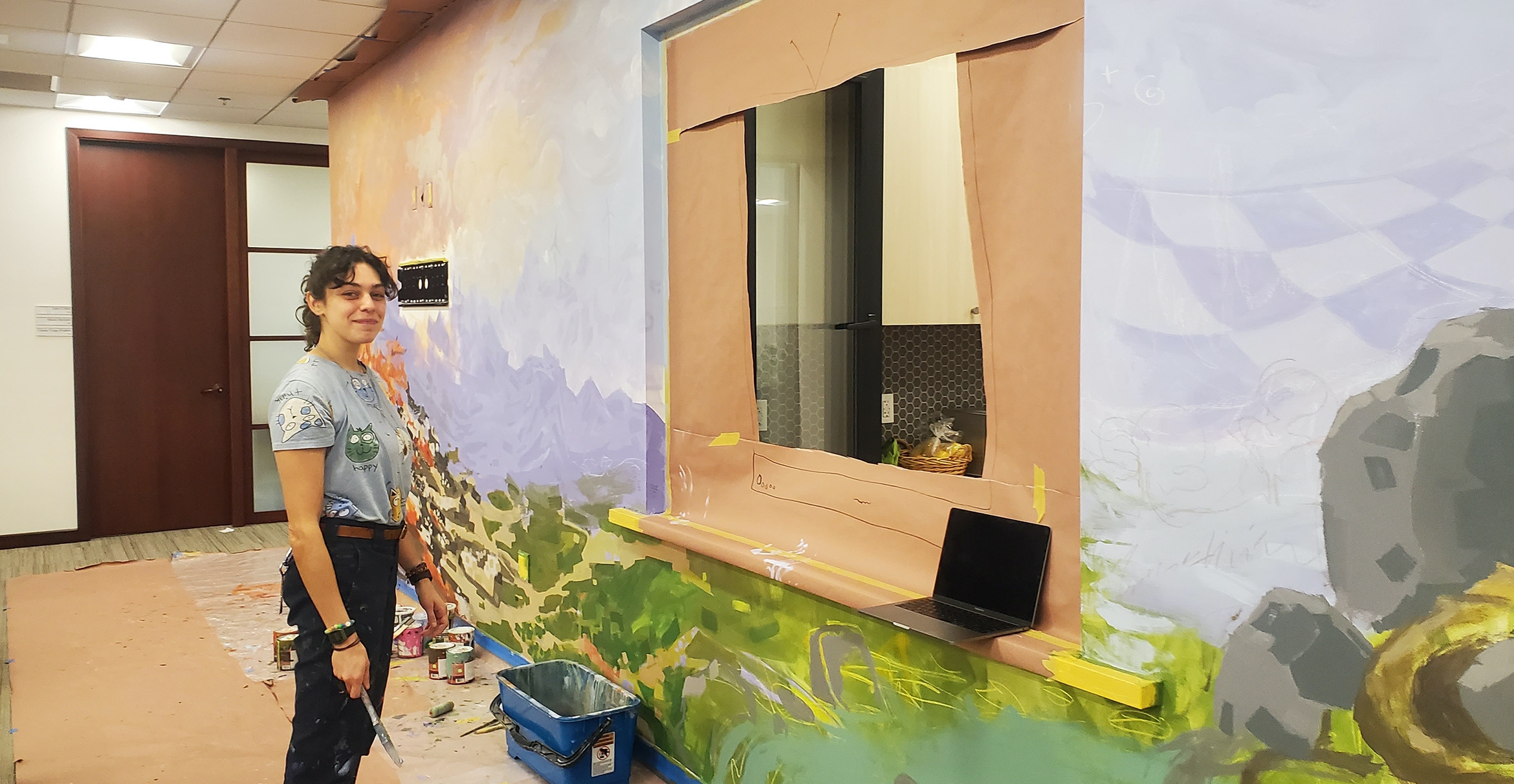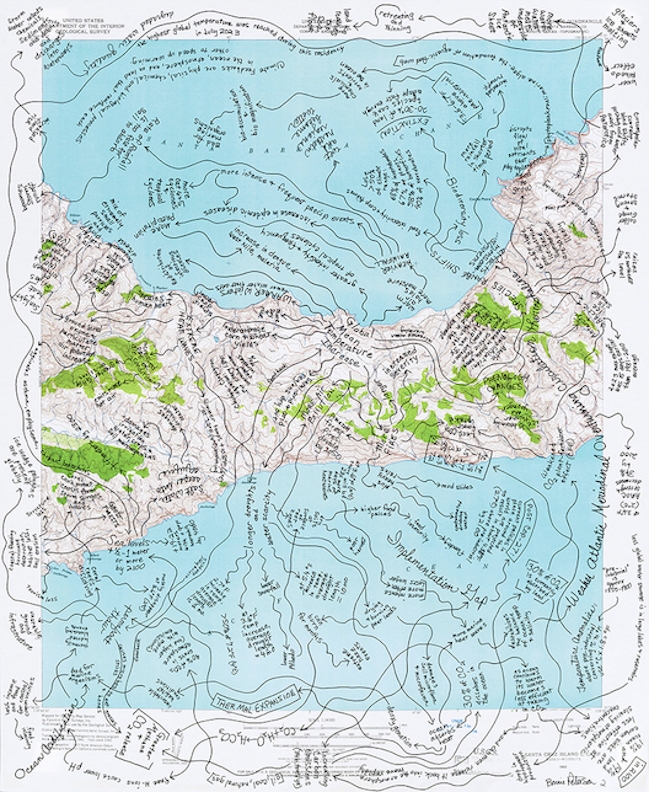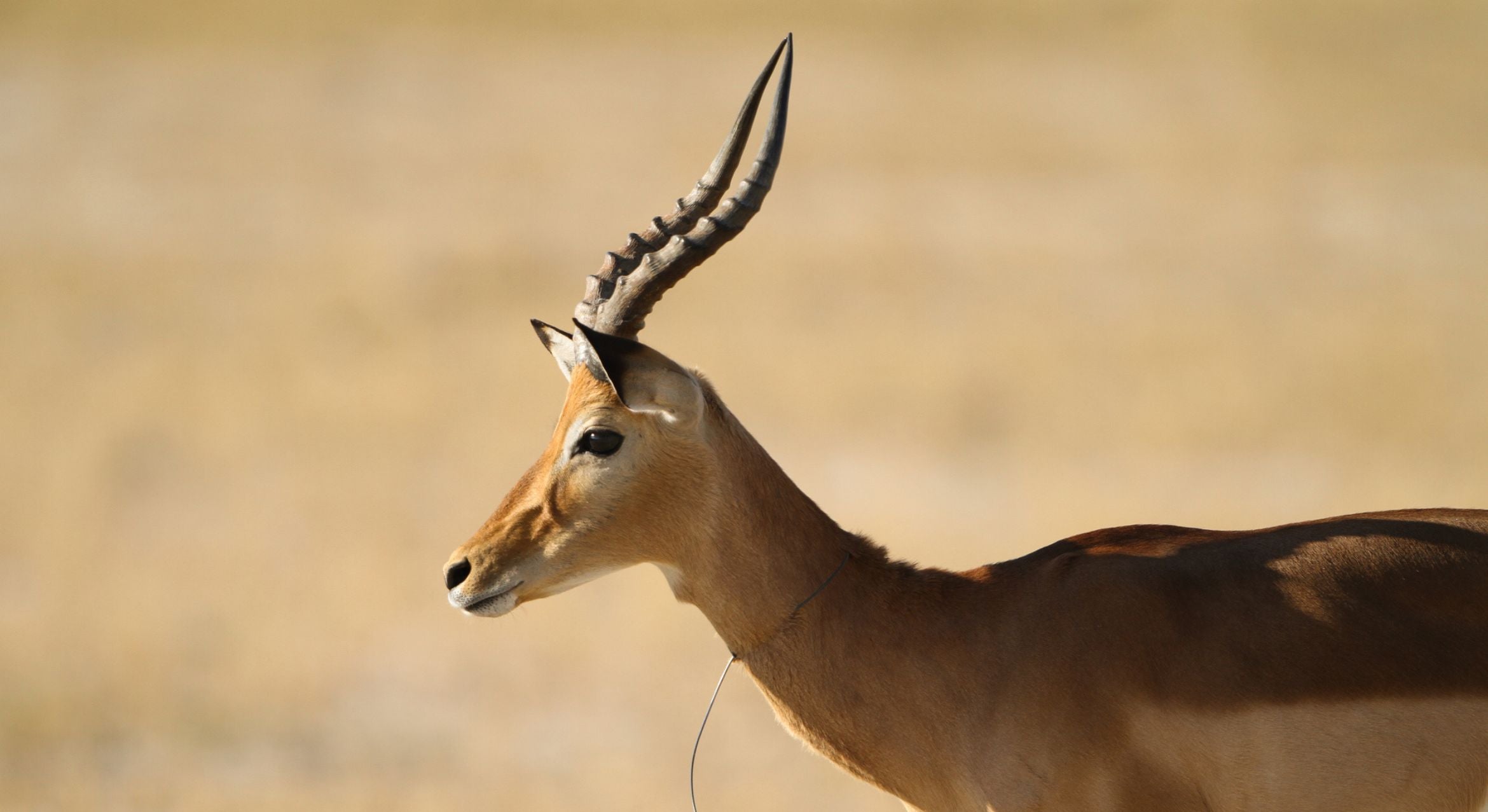Artist residency merges hands-on creativity and cutting-edge science

Though often taken up by divergent personalities and driven from opposite sides of the brain, the roots of art and science grow from the same fertile soil of creative exploration.
Since 2018, an appreciation of this common ground for collaboration has brought artists and environmental scientists together at UC Santa Barbara’s National Center of Ecological Analysis and Synthesis (NCEAS) for its annual artist residency. As the current summer-long program comes to a close, the residents for 2023 will reveal their work at “Art+Science,” an exhibition showcasing muralist and UCSB alumna Leila Youssefi and textile artist Bonnie Peterson.
Youssefi, also known as LvL Up Kid, graduated in 2018 with degrees in environmental studies and, through the College of Creative Studies, studio arts. Her artwork, she said, focuses on the wellbeing of society through themes of equity and sustainability.
“My two-part mural at NCEAS reflects the importance, potency and necessity of synthesis in the progress of our world,” Youssefi said. “The visuals broadly depict ecological transformations of both Santa Barbara’s ocean and mountain landscapes. Specific local phenomena, such as the effect of keystone species within coastal waters, or the effects of prescribed burns in the chaparral, are on view as narratives from existing to future conditions. To emphasize NCEAS's interdisciplinary approach, recognizable symbolism is overlaid within these landscapes.”
Michigan-based Peterson specializes in textile art and is motivated by the urgency and consequences of climate change, she said. “This July while we worked at NCEAS, Earth experienced its hottest global temperature, around 2.7℉ warmer than the pre-industrial (1850–1900) average temperature. My work highlights the consequences of this warming. A USGS topographic map of Santa Cruz Island is the background for a complex spider web connecting atmospheric, oceanic, polar and land climate variables. The NCEAS synthesis and data science missions inspired connections among these variables.”

The evening event will also showcase a mural by Christian “Elkpen” Kasperkovitz, who worked at the center but was not part of the residency program.
Designed to build dialogue between artists and scientists and to “unleash new levels of creativity and innovation” to address pressing environmental challenges, the NCEAS program is open to a variety of artists, including painters, poets, musicians, photographers, illustrators, printmakers, playwrights and performance artists, among others. The residency is offered in partnership with the Santa Barbara Center for Art, Science and Technology (SBCAST), whose selected artists become part of a liveaboard community of arts incubation through shared creative spaces and collaborative thought and activity.
The event takes place 5–8 p.m. Thursday, Sept. 7 at NCEAS headquarters, 1021 Anacapa St., 3rd floor, in downtown Santa Barbara. The viewing is free, open to the public and is part of 1st Thursday, a monthly event of open art galleries and studios, hosted by the Santa Barbara County Office of Arts and Culture.
Keith Hamm
Social Sciences, Humanities & Fine Arts Writer
keithhamm@ucsb.edu



